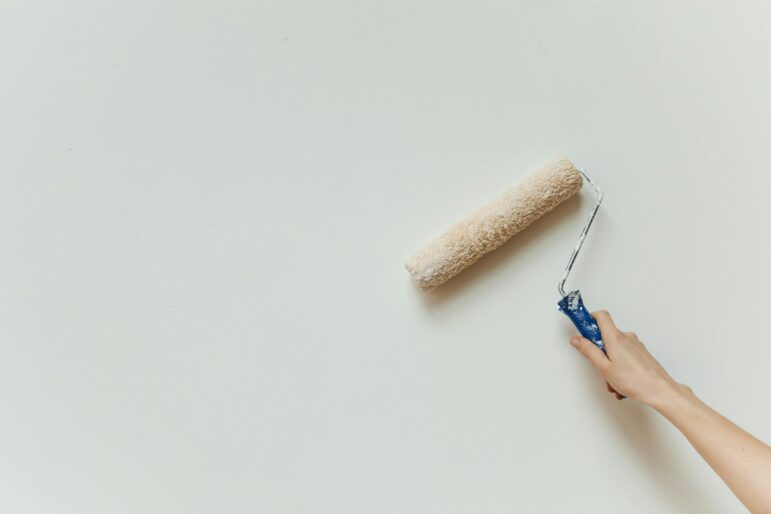Paint has long been a concern for building and maintenance managers looking for affordable, aesthetic, and safe options. But there has been some evolution in the paint department, offering managers today’s innovation, greater sustainability, and increased efficiency.
Indoor air quality
Indoor air quality and sick building syndrome remain concerns for building and maintenance managers as they strive to make buildings as safe as possible. In the past, paint often contained lead, VOCs, or other harmful elements that could lead to health risks indoors. However, researchers have developed titanium oxide nanoparticles that contain self-cleaning attributes.
Using sunlight, these particles bind substances from the air and then decompose them, allowing them to clean the air when added to paint. This means that a painted wall can not only clean the air but can also clean itself. The paint can then help raise the IAQ and fight sick building syndrome. In fact, 96 per cent of all air and wall pollutants can be removed simply by combining sunlight and this technology.
Health
Along with limiting exposure to as many harmful chemicals as possible, some indoor paint can now combat the spread of germs, with antibacterial and microbial properties. Some versions of the paint can eliminate 99.9 per cent of bacteria and viruses on painted surfaces, making them the perfect choice for high-traffic areas like lobbies, lunchrooms, and washrooms.
VOCs are organic chemical compounds that can evaporate under normal indoor conditions, releasing potentially harmful chemicals into the air. According to the United States Environmental Protection Agency, concentrations of many VOCs are up to ten times higher indoors than they are outside, and they can cause short-term and long-term health issues for people who are exposed.
Low- and no-VOC versions are now available, which help to mitigate the off-gassing process, making buildings safer for exposure.
Sustainability
Sustainability is also taking a front seat in today’s interior paint, with some paints using natural, organic ingredients for tinting, providing a more eco-friendly approach and offering a low-odour, easily cleaned option. These types of paints limit the negative impact on the air, interior exposure, and on the environment.
Longevity
Cost is always a concern as managers work to maintain their buildings while sticking to the budget. Paint manufacturing has been improved with a greater understanding of how contaminated water in the manufacturing process can lead to fading, cracking, and reduced longevity. UV disinfection can solve this problem, removing impurities in the water before the manufacturing process begins, leading to a safer, more consistent, and longer-lasting product.
As paint continues to evolve, maintenance managers will have access to safer, more efficient, and greener products for their buildings.









